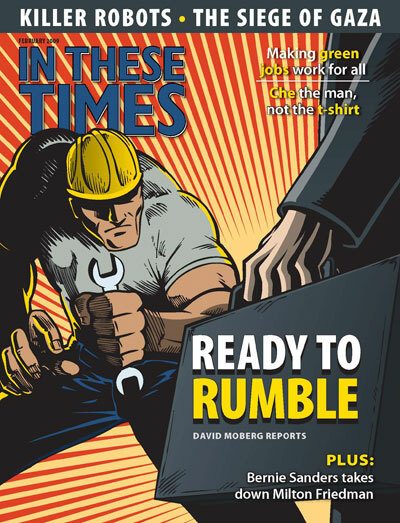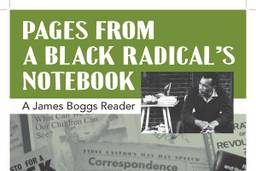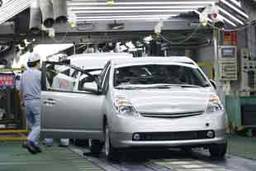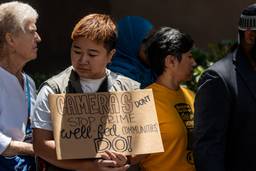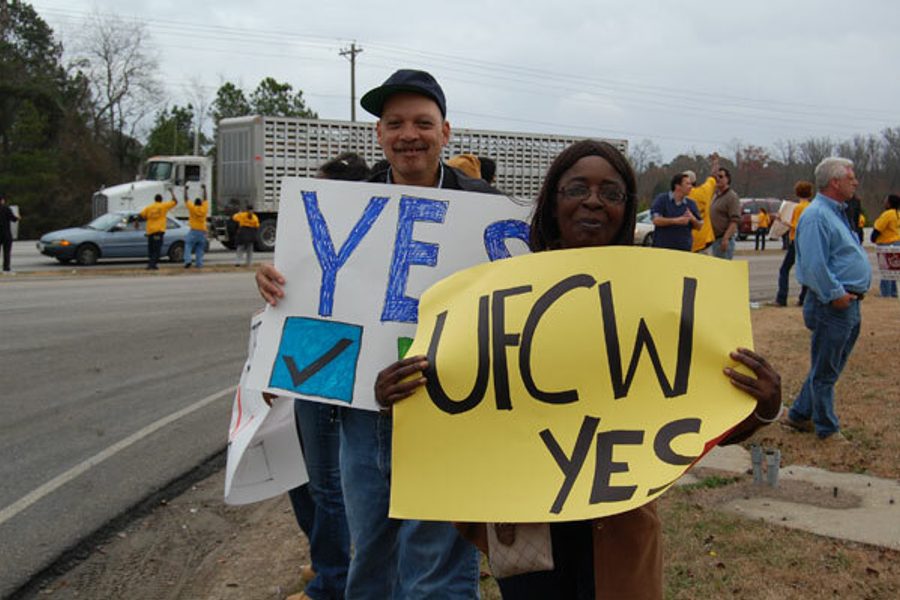
On Dec. 11, 52 percent of workers voted to unionize at Tar Heel, N.C.-based Smithfield hog plant, the world’s largest hog slaughterhouse. The slim margin is a poor indicator of an enormous victory, following a 16-year drive in a state with only 3.3 percent union density – the lowest in the country.
Smithfield set up shop in 1992 in North Carolina, where right-to-work laws stifle organizing and let workers in unionized plants refuse membership dues and fees.
With high-speed assembly lines and sharp knives, workers process 33 hogs a minute – 32,000 a day – often under lax safety rules. Smithfield has largely ignored demands for new equipment and safer machinery, and often fired injured workers.
“From the day they laid the first brick down, the owner said this plant would never unionize, and if so, he would close the damn doors,” says Terry Slaughter, who has worked there for seven years.
In 1994 and 1997, organizers for the United Food and Commercial Workers (UFCW) failed to win elections. Some workers were fired for signing union cards, and the company allegedly disrupted the second election with violence. Until 2005, Smithfield deputized its own police force and set up an on-site detention center to keep a lid on organizing.
Slaughter says that when he arrived in 2002, the majority-Latino workforce had almost completely turned over since the 1997 election. Organizing had hit a lull. He and co-workers got a boost in 2006 after the National Labor Relations Board (NLRB) ruled that previous elections were tainted by company malfeasance and called for another vote.
The NLRB decision forced Smithfield to pay $1.5 million in back pay and re-hire fired workers like Keith Ludlum, who was terminated in 1994 for organizing.
“The company was reacting with such aggression to our activities,” says Slaughter. “When Ludlum showed up, he knew his rights, and it gave [us] a stepping stone.”
Latinos made up two-thirds of the plant’s workforce until a series of raids, starting in January 2007, cut their ranks – sending the union campaign into disarray as a rumored election drew near. Twenty-one workers were locked up and hundreds never returned to work.
In October 2007, the company filed a suit under the Racketeer Influenced and Corruption Organization Act against the union’s year-old Justice@Smithfield campaign. UFCW had called a boycott while underwriting environmental groups to expose Smithfield’s pollution record. The company’s suit alleged extortion, saying the union’s campaign had cost it $1 billion. A U.S. district court agreed and dismissed UFCW’s appeals, ruling that the union could face charges even if its claims against the company were true. Workers continued to distribute union materials and began writing “Union Time” on their hard hats.
“We took the opportunity to say, ‘You guys are the union,’ ” says Carl Green, ground coordinator for UFCW. “You have to act like the union, even if we haven’t won yet.”
It worked. In late October, Smithfield settled out of court. The agreement called for a union election in six weeks – the first in 10 years. The company dropped its lawsuit and the union ended the boycott. Union organizers were allowed inside the plant to talk with workers, an unprecedented gain.
Workers must now battle Smithfield management to get a contract. Employees don’t have sick days and remain subject to a punitive point system for missed work. Despite winning small raises, workers have seen irregular payment from Smithfield, which has unilaterally altered rates. Benefits remain paltry and workers have little job security.
“Any mistake you make, you can be fired, no explanations, no nothing,” says Slaughter. “Right now they can treat you any way they want.”
The success of the contract campaign – much like the organizing campaign that led to the vote – relies on sustained involvement by workers to keep Smithfield from fomenting divisions or pushing a watered-down agreement. After more than 16 years of battling for the right to organize, workers are undaunted.
Says Lydia Victoria, a 14-year Smithfield employee: “We won’t be happy until we’re all moving together.”
